
Jump to: Program Components | Student Books | Teacher Resources | FREE Wall Chart | View Webinar | VIEW TITLES IN SERIES
Features of the program:
- Key vocabulary is introduced systematically
- A high rate of repetition of high-frequency words and a low ratio of unfamiliar words
- Text complexity is carefully sequenced to build reading strategies
- Phonics and phonemic awareness is systematically developed
- Fluency enhances comprehension
- A variety of text types enable the development of a range of reading strategies
- Reading and writing is linked
- Assessment is ongoing to inform instruction
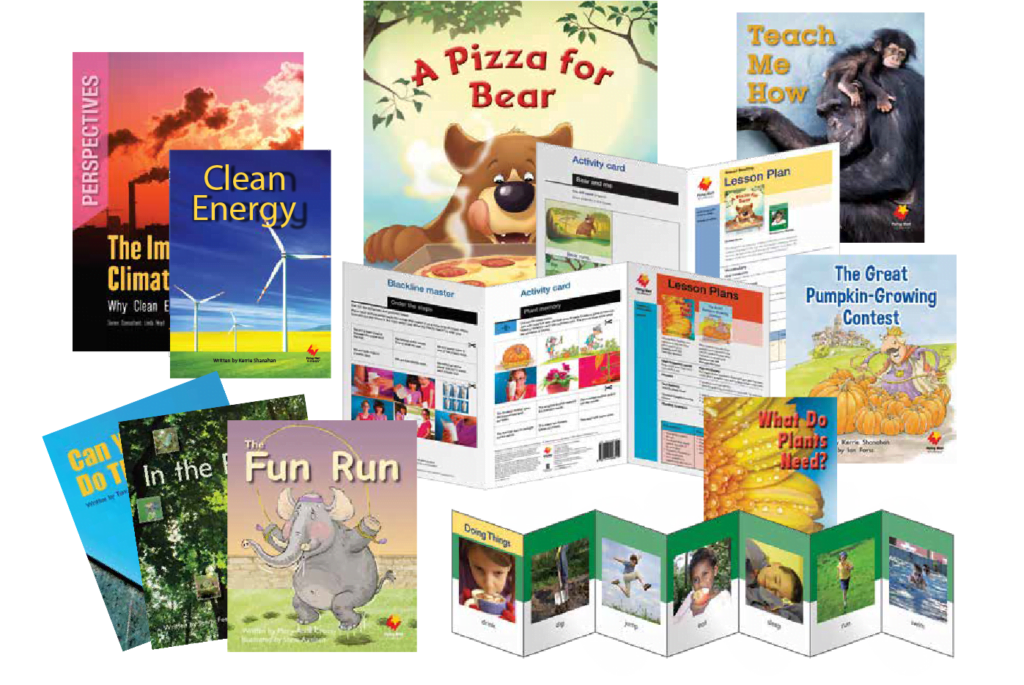
Flying Start to Literacy reflects best practice in literacy instruction and supports the systematic development of reading strategies and skills.
There are 386 books in the program: fascinating topics and ideas to learn about, funny stories to laugh at, exciting adventure stories, reports, interviews, explanations, procedures, plays and shared books.
Each book is one of a connected pair. A narrative book and an informative book present the same key concepts and vocabulary.
BROWSE SERIES
MIDDLE AND UPPER PRIMARY
Expand your students' reading with new Flying Start to Literacy titles for Middle to Upper Primary (Levels Q-V). Each title is supported by a perspective title, a paired text, and a lesson plan.
EXPLORE THE SERIES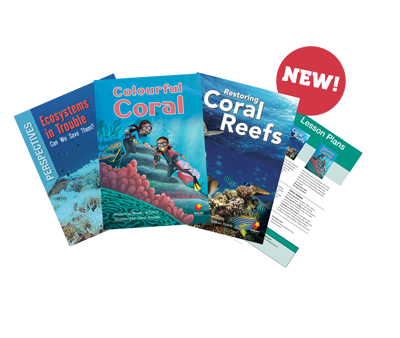
Program Components
Launch young readers into literacy through rhyme, rhythm, repetition, and highly predictive texts. Visually
appealing, presenting familiar and favourite topics, the Big Books will be sure to delight your students.
Shared Reading Collection
Develop early literacy skills through rhyme, rhythm, repetition and highly predictive texts
Sixteen Shared Big Books on familiar topics will soon become favourites in your classroom.
Each title is linked to a Vocabulary Starter. This provides an opportunity to develop oral vocabulary around the content of the book. Each of the Shared Reading Books is accompanied with a Vocabulary Starter and an easy-to-follow Lesson Plan.
Your students will:
- Begin to recognise and read high-frequency words.
- Build knowledge of oral vocabulary.
- Understand conventions of print.
- Enjoy reading together and revisiting familiar books again and again.
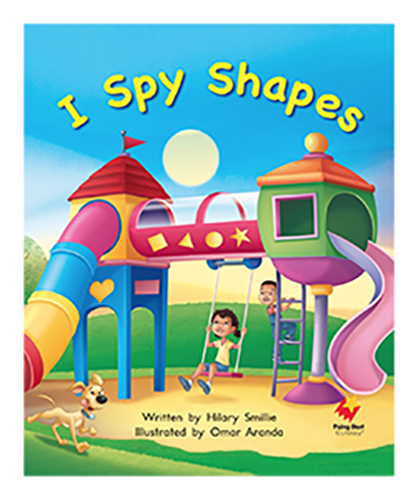
Not just paired, but connected.
Paired books address the same concepts, vocabulary and high-frequency words in different text types and sentence structure to reinforce your students reading strategies.
- After the Shared Reading stage (16 Big Books), there are 9 developmental reading stages (316 titles) comprising connected pairs of books written with a different text type.
- Paired books address the same concepts, vocabulary and high-frequency words in different text types and sentence structures.
- High-frequency words are gradually and systematically introduced and reused.
- There is a high rate of repetition of high-frequency words and a low ratio of unfamiliar words.
- There is a balance of illustrated narrative and photographic informative books.
- There is a wide range of text types – narratives, recounts, procedures, explanations, reports and persuasive texts.

Flying Start Perspectives present short, point-of-view texts exploring the issues raised by the big ideas in the accompanying paired texts. It will extend your students’ thinking with additional views of the issue.
- At the middle/upper primary levels we continue the award-winning formula of pairing a narrative text with an informative text both connected by the same big side, and introduce a third title to the pair, a Flying Start Perspectives book.
- Perspective texts present issues related to the paired texts. They introduce thinking and talking circles to promote deep discussion and prepare students to write about the different points of view presented.
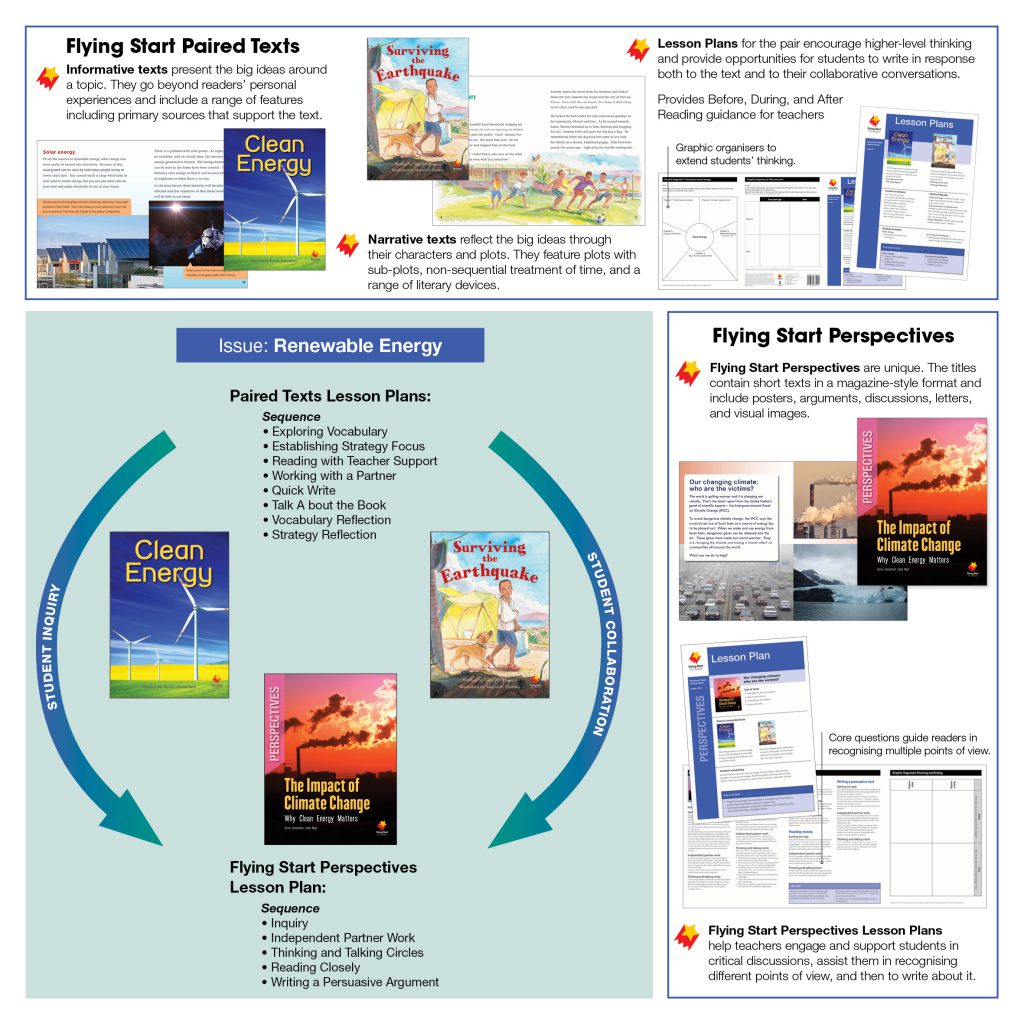
Direct reading support
The Flying Start to Literacy Vocabulary Starters laminated cards provide direct reading support to your young students from Pre-school – Year 1.
- Unique to the Pre-school–F and the Early Emergent Stage. There is one Vocabulary Starter for each Pre-School–F title and for each pair of Early Emergent Stage books.
- Each Vocabulary Stater introduces the written form of key vocabulary through unambiguous, labelled photographs.
- Vocabulary Starters can be read as a book, or displayed as a word bank to support beginning readers and writers.
- On the back of the photographs are suggestions for building oral, reading and writing vocabulary, as well as reading and writing activities for each book.

Handy Lesson Plans for practical and systematic instruction
The Lesson Plans for each pair of books integrate oral language, vocabulary development, fluency and comprehension, when appropriate to the reading level. The comprehensive Lesson Plans also include writing components as an integral part of each lesson.
- 193 Lesson Plans – one for each pair of books (plus 1 for each Shared reading and Perspectives title).
- There are Before, During and After Reading Activities for each book, plus a synthesisng activity focussing on the key concepts of both books.
- Each Lesson Plan can be split into four 30-minute instructional sessions and one review session.
- Each Lesson Plan integrates oral language, comprehension, phonemic awareness, phonics, vocabulary development, fluency and writing.
- Each Lesson Plan includes ongoing assessment and follow up activities.
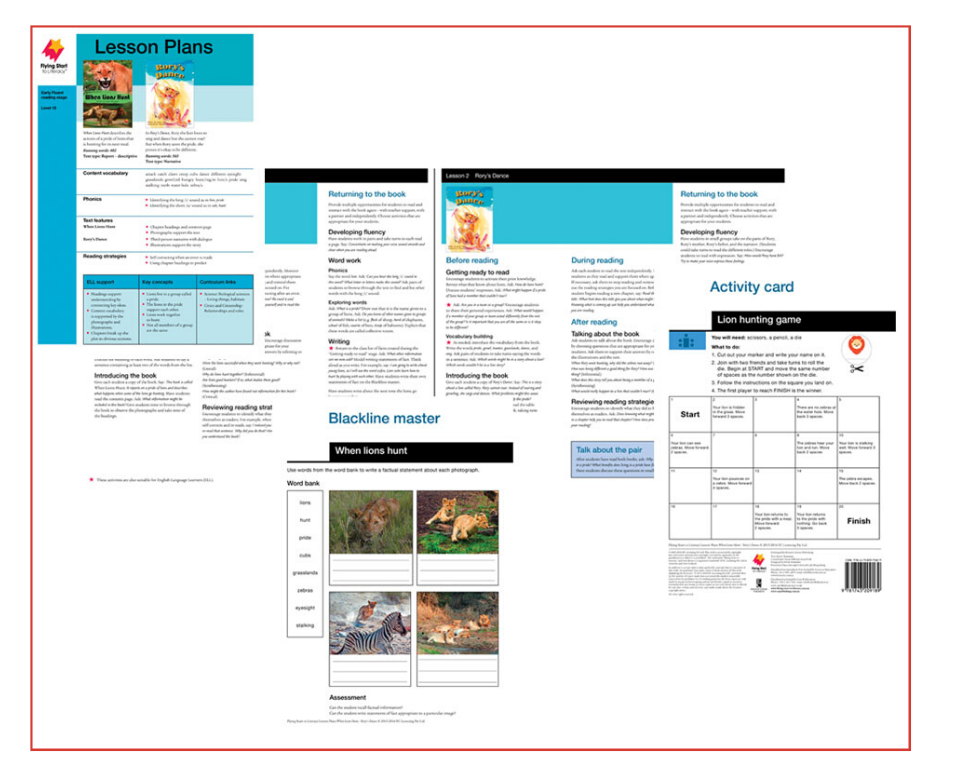
Student Books
Early Emergent Reading Stage (Levels 1-2)
During the integral Early Emergent Developmental Stage, the Flying Start to Literacy program:
- Establishes a full range of concepts about print
- Introduces common stems and key vocabulary.
- Introduces the first 26 high-frequency words.
- Focuses on phonemic awareness and introduces letters (common sounds).
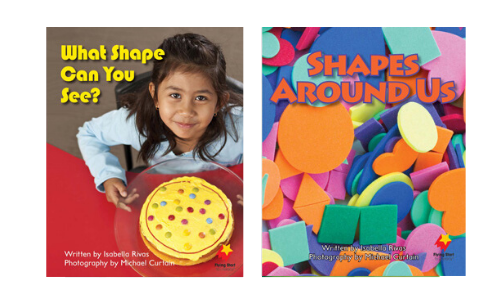
Emergent Reading Stage (Levels 3-6)
During the Emergent Reading Stage, the Flying Start to Literacy program:
- Introduces phonologically regular vocabulary: all words with short vowels.
- Revisits and extends high-frequency words.
- Reuses key vocabulary.
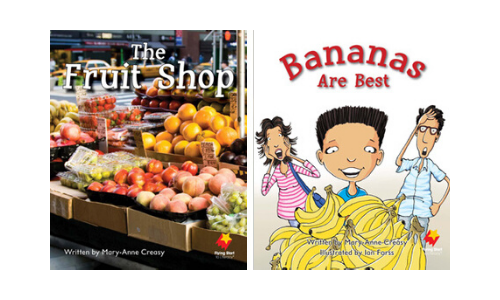
Early Reading Stage (Levels 7-10)
During the Early Reading Stage, the Flying Start to Literacy program:
- New phonologically regular vocabulary is carefully introduced.
- Key vocabulary is revisited.
- High-frequency words are revised and extended.
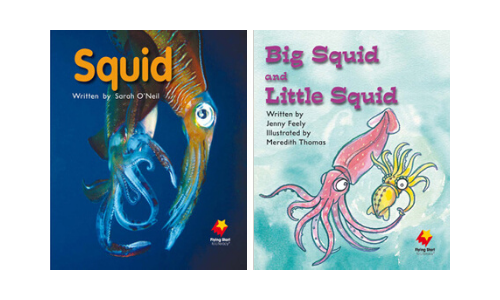
Transitional Reading Stage (Levels 11-14)
During the Transitional Reading Stage, the Flying Start to Literacy program:
- New phonologically regular vocabulary is carefully introduced.
- Language structures become more complex.
- High-frequency words are revisited and extended.
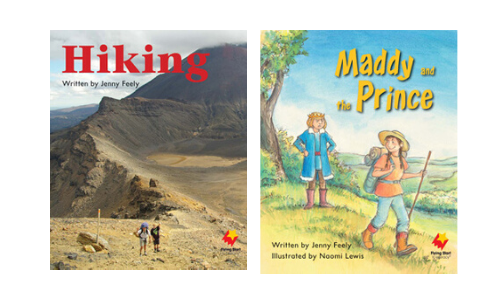
Early Fluent Reading Stage (Levels 15-18)
During the Early Fluent Reading Stage, the Flying Start to Literacy program:
- Increased complexity of concepts.
- Phonologically regular words now include more complex vowel combinations.
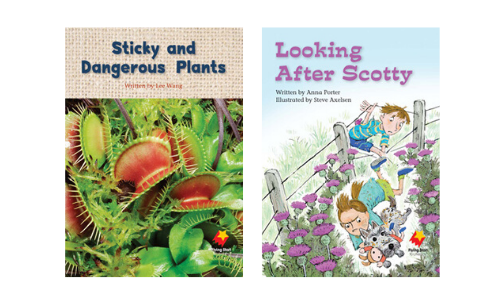
Fluent Reading Stage (Levels 19-24)
During the Fluent Reading Stage, the Flying Start to Literacy program:
- Vocabulary now includes less common letter combinations.
- Increased conceptual load.
- More complex language structures
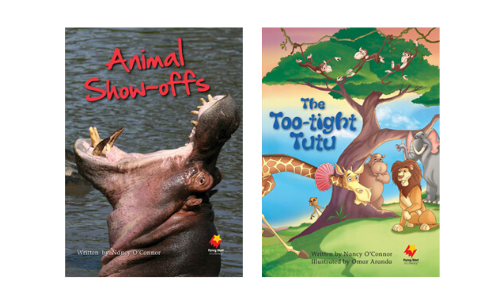
Fluent Plus Reading Stage (Levels 25-30)
During the Fluent Plus Reading Stage, the Flying Start to Literacy program:
- Increased conceptual load with some less familiar content.
- More specialised and technical language.
- Increased range of text and language features.
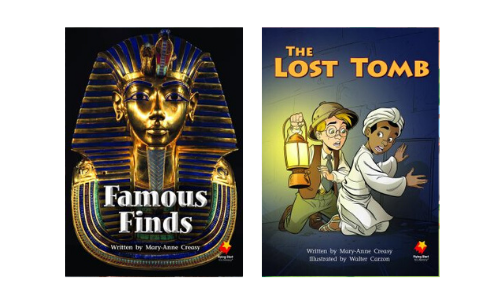
Middle/Upper Primary (levels Q-V*)
During the Advanced Fluent Reading Stage, the Flying Start to Literacy program:
- Explores a range of complex issues.
- Narratives reflect a diverse range of literary devices.
- Expanded, challenging and less familiar conceptual load are presented.
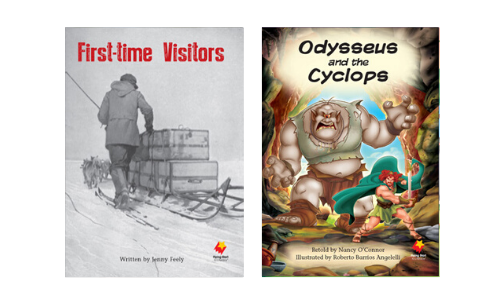
Teacher Resources
Flying Start to Literacy is a comprehensive core literacy program ideal for early intervention programs, including Reading Recovery. It supports the systematic development of reading strategies and skills, and provides effective support for English language learners.
How to get started with Flying Start to Literacy
- Use the Record of Reading Behaviours assessment tool
- Group students with similar learning needs
- Select a pair of books at the appropriate reading level
- Topics addressed reflect both students’ interests, and the curriculum
- Conduct the reading lesson with the students
- During the lesson, assess students’ reading informally
- Have the students complete activities related to the specific book
- Have students work through the ‘talking about the pair’ activities to synthesise the ideas
- See the Lesson Plans for an extensive list of possible activities
- Repeat with other books from the level or move on to a more challenging level
Scope and sequence
Sentence stems, high-frequency words, key vocabulary and reading strategies for the books in this reading stage.
Read morePhonics and phonemic awareness
The systematic and explicit sequence of phonemic awareness and phonics is provided for the books at each reading stage.
Read moreReading and writing across the curriculum
Text types, text features, curriculum links, key concepts, content vocabulary for the books at each reading stage.
Read moreRecords of reading behaviour
Records of reading behaviour are provided for the books at each reading stage.
Read moreAustralian Curriculum Correlation
Correlation to the Australian Curriculum: English – Foundation Year, Years 1, 2 and 3.
Read moreDecodable texts
Find out what percentage of Flying Start to Literacy's Level 1-10 titles, are decodable.
Read more - missing pdfScope and sequence
Sentence stems, high-frequency words, key vocabulary and reading strategies for the books in this reading stage.
Read morePhonics and phonemic awareness
The systematic and explicit sequence of phonemic awareness and phonics is provided for the books at each reading stage.
Read moreReading and writing across the curriculum
Text types, text features, curriculum links, key concepts, content vocabulary for the books at each reading stage.
Read moreRecords of reading behaviour
Records of reading behaviour are provided for the books at each reading stage.
Read moreAustralian Curriculum Correlation
Correlation to the Australian Curriculum: English – Foundation Year, Years 1, 2 and 3.
Read moreDecodable texts
Find out what percentage of Flying Start to Literacy's Level 1-10 titles, are decodable.
Read more - Missing pdfScope and sequence
Sentence stems, high-frequency words, key vocabulary and reading strategies for the books in this reading stage.
Read morePhonics and phonemic awareness
The systematic and explicit sequence of phonemic awareness and phonics is provided for the books at each reading stage.
Read moreReading and writing across the curriculum
Text types, text features, curriculum links, key concepts, content vocabulary for the books at each reading stage.
Read moreRecords of reading behaviour
Records of reading behaviour are provided for the books at each reading stage.
Read moreAustralian Curriculum Correlation
Correlation to the Australian Curriculum: English – Foundation Year, Years 1, 2 and 3.
Read moreDecodable texts
Find out what percentage of Flying Start to Literacy's Level 1-10 titles, are decodable.
Read moreScope and sequence
Sentence stems, high-frequency words, key vocabulary and reading strategies for the books in this reading stage.
Read morePhonics and phonemic awareness
The systematic and explicit sequence of phonemic awareness and phonics is provided for the books at each reading stage.
Read moreScope and sequence
Sentence stems, high-frequency words, key vocabulary and reading strategies for the books in this reading stage.
Read morePhonics and phonemic awareness
The systematic and explicit sequence of phonemic awareness and phonics is provided for the books at each reading stage.
Read moreScope and sequence
Sentence stems, high-frequency words, key vocabulary and reading strategies for the books in this reading stage.
Read morePhonics and phonemic awareness
The systematic and explicit sequence of phonemic awareness and phonics is provided for the books at each reading stage.
Read moreScope and sequence
Sentence stems, high-frequency words, key vocabulary and reading strategies for the books in this reading stage.
Read morePhonics and phonemic awareness
The systematic and explicit sequence of phonemic awareness and phonics is provided for the books at each reading stage.
Read moreWhy judge a book by its cover when you can see the whole thing!
Explore all Flying Start to Literacy and WorldWise titles and lesson plans via the ECP Digital Literacy Evaluation Site with a free sample evaluation pass.
Filter resources depending on Reading Level, focus area or Literacy Resource area of need.
Take a look inside or complete the form below to receive the full unlocked version for 14 days free access.
Watch our guided reading on-demand webinar
“What does guided reading look like in Year 3-6?” by Lyn Reggett
Aimed at guided reading in the middle and upper Primary years, this professional learning session addresses:
- Setting specific learning goals
- Teacher support
- Guided reading using different text types
- Selecting texts to suit learning goals
- Tracking and recording progress against goals